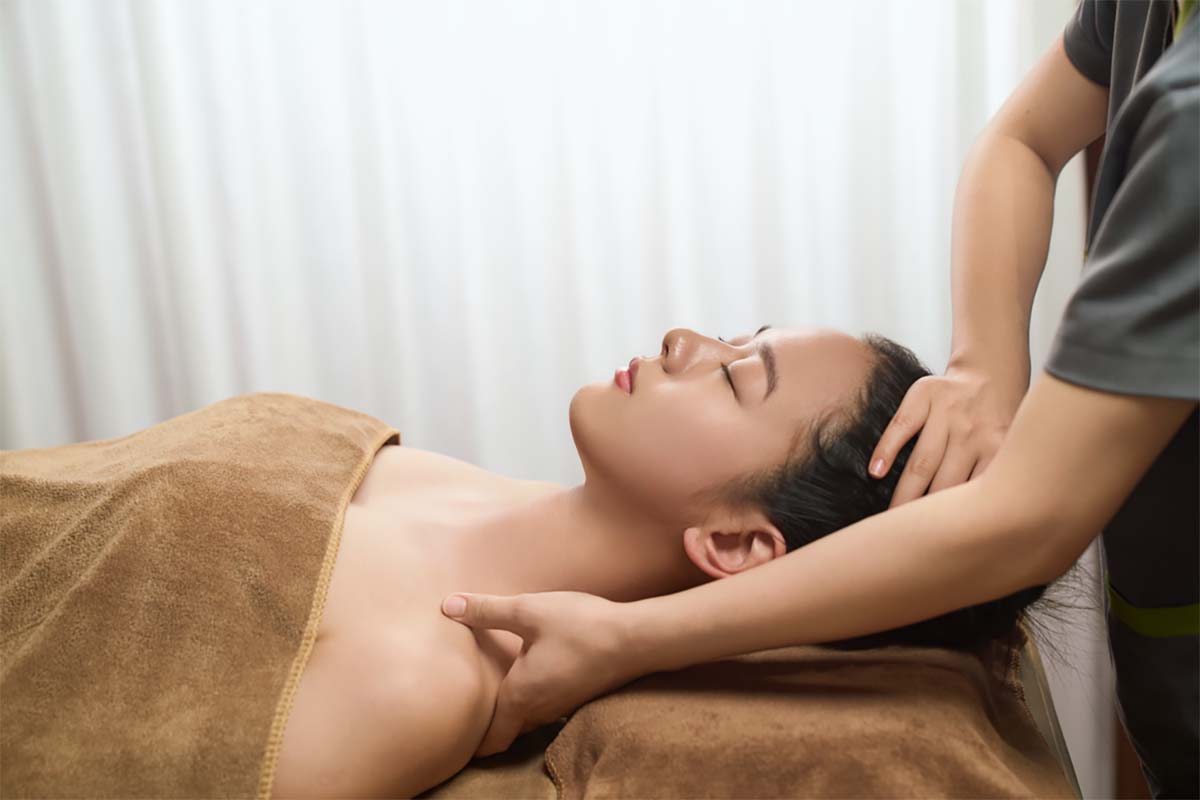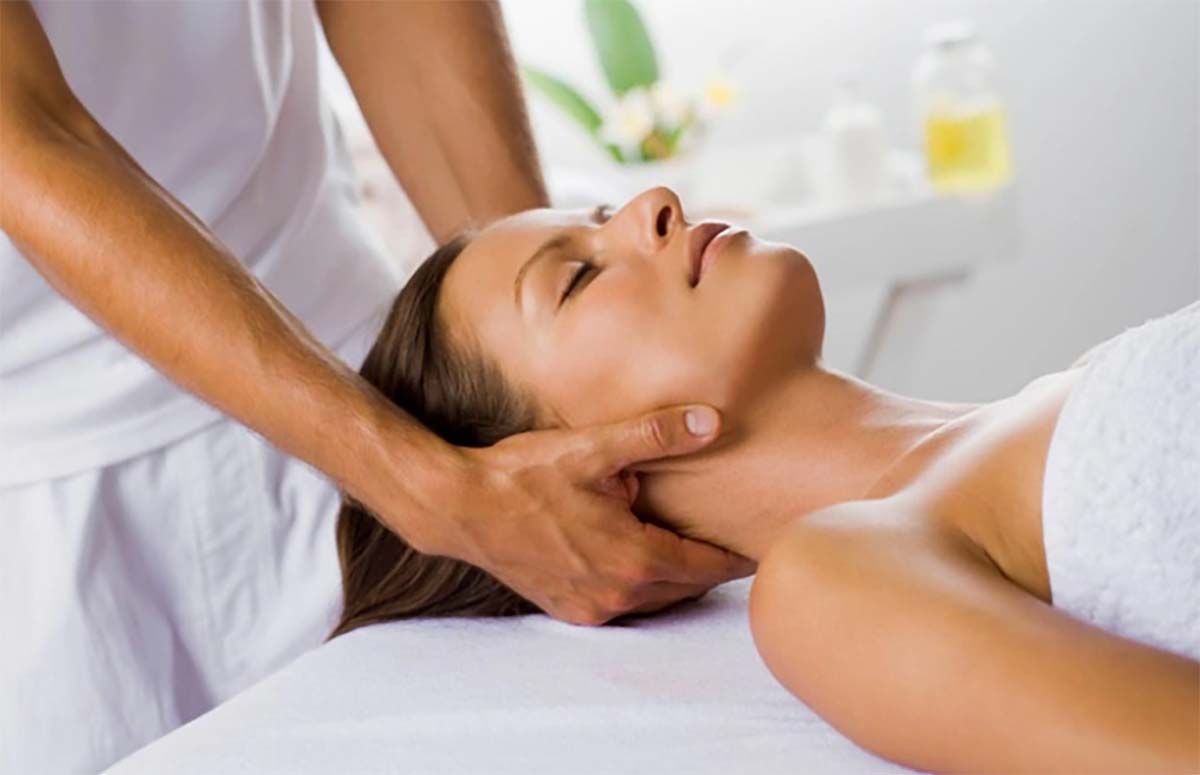RECOVERY THERAPY [SALE 15%]

-------------------------------------------------------------
MASSAGE ANMA PROMO [SALE 20%]
-------------------------------------------------------------
PREMIUM SPECIAL 3 IN 1 [SALE 15%]


-------------------------------------------------------------
-------------------------------------------------------------

PROMOTIONS premium special
>> Click to view <<
-------------------------------------------------------------
-------------------------------------------------------------

In today’s fast-paced world, many people suffer from neck, shoulder, and upper back pain due to sedentary lifestyles, poor posture, and prolonged computer use. This issue is especially common among office workers, drivers, and individuals who spend hours on digital devices. Neck, shoulder, and nape massage has emerged as a natural, effective, and safe solution to relieve tension, improve blood circulation, and promote relaxation. However, to ensure the best results, the massage must be performed correctly, with some important considerations in mind.
Mục lục
This massage technique targets the neck, shoulder, and nape areas, which are rich in nerves and blood vessels and often suffer from stiffness or pain due to stress or improper posture.

The method involves using hands, fingers, or specialized tools to apply pressure, stimulate acupressure points, relax muscle tissue, reduce pressure on cervical vertebrae, and alleviate pain. It’s a common part of both traditional and modern therapy systems for muscular relief.
One of the most immediate effects of massage is the reduction of tension in muscles. It helps loosen tight muscles, ease pressure on nerves, and reduce pain, allowing better head and arm mobility.
Massage promotes vasodilation, increasing blood flow to the neck and brain. This enhanced circulation delivers more oxygen and nutrients to the brain, reducing symptoms such as fatigue, dizziness, and headaches.
Massage stimulates the release of endorphins—natural feel-good hormones that help relieve stress and promote a sense of well-being. After a good massage session, people often report feeling more relaxed, refreshed, and emotionally balanced.
For people struggling with insomnia or poor sleep due to stress or physical discomfort, regular massage therapy can help the body relax, making it easier to fall asleep and stay asleep without the need for medication.
By relieving tension in the muscles and joints, massage can restore mobility and flexibility in the neck and shoulder area. This is especially beneficial for athletes, laborers, or older adults.
Regular massage reduces pressure on cervical joints, thereby helping prevent degenerative conditions like cervical spondylosis, herniated discs, or bone spurs in the neck.

Neck, shoulder, and nape massage is suitable for many groups, especially:
Office workers who sit for long hours.
People with chronic stress or tension.
Seniors with age-related musculoskeletal issues.
Individuals recovering from minor injuries (under medical guidance).
Athletes or people who engage in intense physical activity.

While massage offers many benefits, incorrect technique can lead to complications. Here are some essential precautions:
Using too much force or massaging for too long may cause muscle damage or inflammation. An ideal massage session should last between 15 to 30 minutes, depending on individual tolerance and needs.

If you have severe injuries such as sprains, fractures, inflammation, or open wounds in the neck or shoulder area, avoid massage until you're cleared by a healthcare provider.
Massaging right after a heavy meal may cause nausea or discomfort, while doing so on an empty stomach could result in dizziness or faintness. The best time is around 1–2 hours after eating.
Since the neck area contains sensitive nerves and blood vessels, always opt for trained professionals from reputable clinics or spas to avoid risks like nerve compression or vertebral injury.

Massage oils help reduce friction and nourish the skin, while massage tools such as infrared cushions or handheld devices can enhance the experience if used properly. Always follow instructions and avoid overuse.
Yes, self-massage is possible and beneficial when done gently and correctly. Here are some easy techniques to relieve tension:
Use your fingers to gently press and rotate over tight muscles in the neck and shoulders.
Apply pressure to specific trigger points or acupressure areas.
Apply a warm compress to relax muscles before or during massage.
Use home massage tools, such as electric massagers or heated pads, for added convenience.
However, people with chronic conditions like herniated discs or cervical spine disorders should consult a doctor or physical therapist before self-massaging.

For general wellness: 2–3 sessions per week can help maintain flexibility and prevent tension buildup.
For mild discomfort: Every other day or in short, consistent courses of 5–7 sessions.
For medical conditions: Follow a treatment plan recommended by a professional therapist or doctor.
Neck, shoulder, and nape massage is a natural, non-invasive therapy that helps reduce pain, improve mobility, and enhance overall well-being. When performed correctly and regularly, it can significantly improve quality of life, especially for those living with stress, sedentary lifestyles, or chronic neck pain.
However, as with any health practice, massage must be approached with care. Choosing a skilled practitioner and respecting your body’s signals is key to maximizing its benefits and avoiding harm.
Are you experiencing neck or shoulder pain and looking for a safe, effective solution?
Contact Emerald Spa today for a free consultation and experience our professional massage services designed to help you live pain-free and relaxed!